The Mütter Museum is a medical museum located in the Center City area of Philadelphia, Pennsylvania. The Museum has a wide range of wondrous and curious medical displays. It contains a collection of medical oddities, anatomical and pathological specimens, wax models, and antique medical equipment. The museum is part of The College of Physicians of Philadelphia. The original purpose of the collection, donated by Dr. Thomas Dent Mütter in 1858, was for bio-medical research and education.
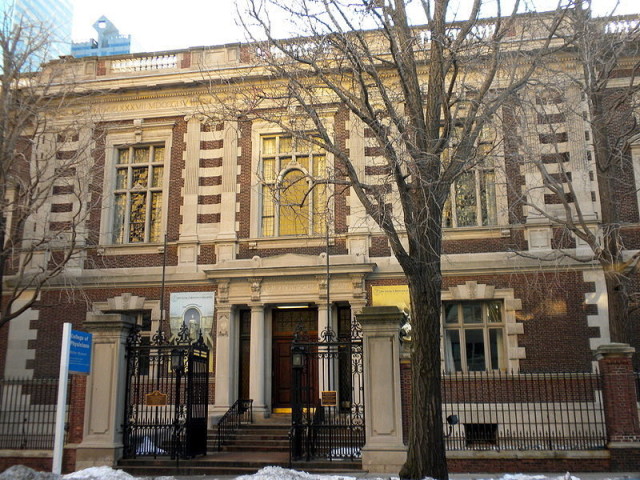
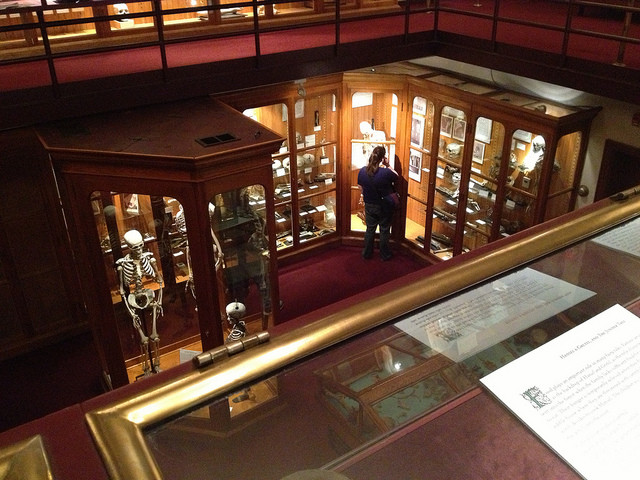
Now the Museum boasts a collection of over 20,000 specimens, of which about 13% are on display. This does not include the large literary collection contained within the Historical Medical Library, which is also housed within the College of Physicians of Philadelphia.
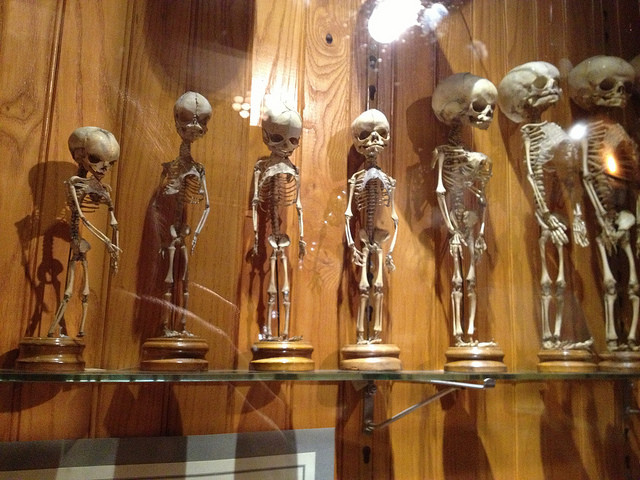

The Museum is home to over 3,000 osteological specimens, including several full skeletons. One of the most famous of these is the fully articulated skeleton of Harry Raymond Eastlack, who suffered from FOP (extremely rare connective tissue disease). Eastlack donated his skeleton to the Mütter collection to assist in a further medical understanding of the condition.
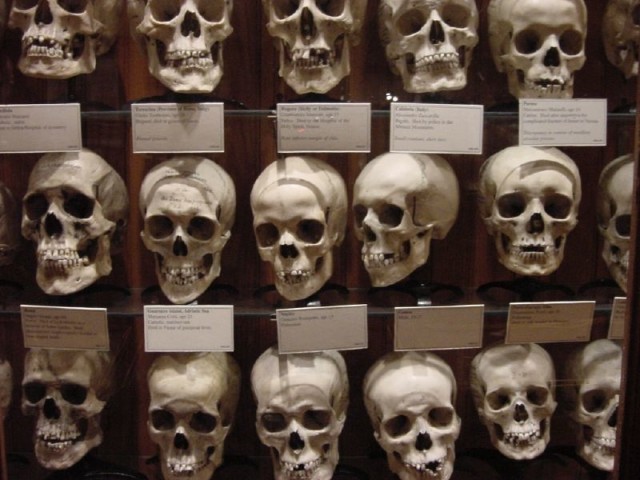
Other osteological specimens include the Mütter American Giant, the tallest skeleton on exhibit in North America, at 7’6” tall and The Hyrtl Skull Collection, a collection of 139 skulls from Joseph Hyrtl, a Viennese anatomist. This collection’s original purpose was to show the diversity of cranial anatomy in Europeans. Each skull is mounted on a stand, and many skulls are inscribed with comments about the person’s age, place of origin, and cause of death.
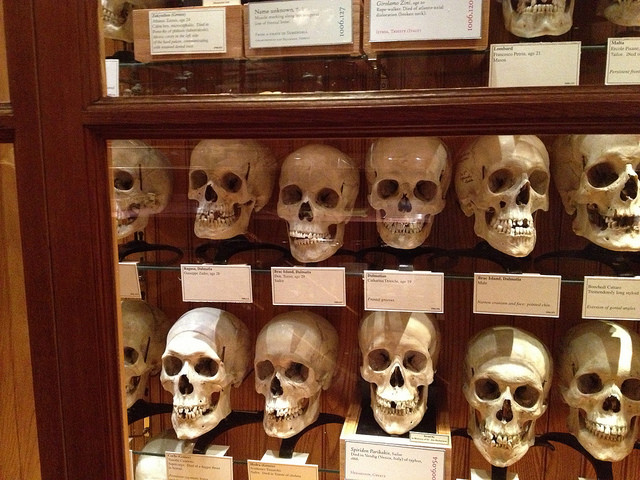
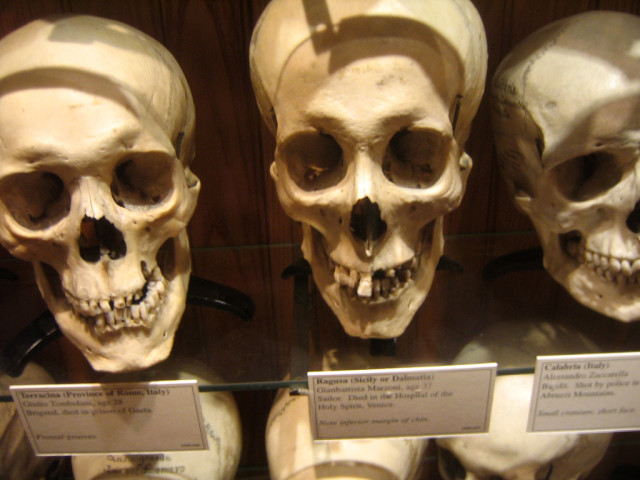
The Mütter Collection comprises almost 1,500 wet specimens acquired between the 19th Century and recent years. These include teratological, cysts, tumors and other pathologies from every part of the body. Augmenting the real human specimens on display are numerous wax models displaying various examples of pathology in the human body. These models, mostly produced by Tramond of Paris and Joseph Towne of London, were used for training in lieu of real human remains. It is currently the only place where members of the public can view slides of Albert Einstein’s brain.
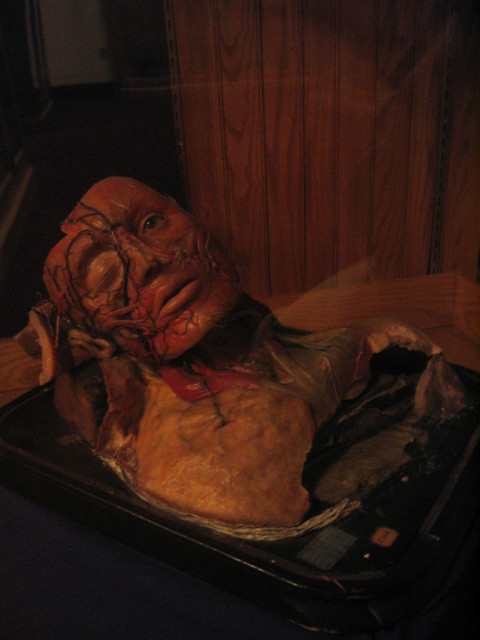
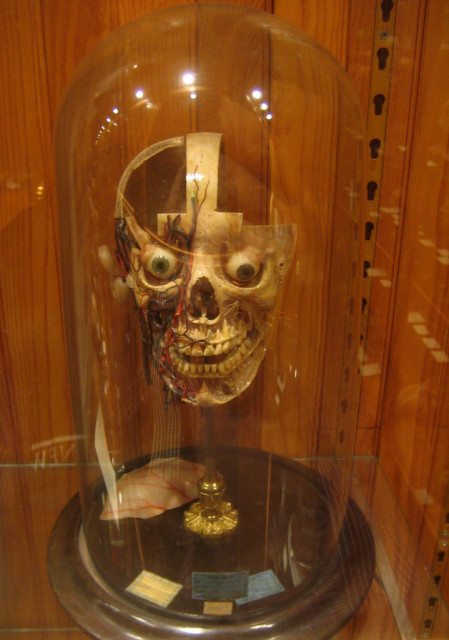
Many of the Museum’s collections comprise a permanent exhibition. Gretchen Worden (1947–2004) remains perhaps the best-known person associated with the Mütter Museum. She joined the museum staff as a curatorial assistant in 1975, became the museum’s curator in 1982 and its director in 1988.
Worden was a frequent guest on the Late Show with David Letterman, “displaying a mischievous glee as she frightened him with human hairballs and wicked-looking Victorian surgical tools, only to disarm him with her antic laugh” and appeared in numerous PBS, BBC and cable television documentaries (including an episode of Errol Morris’ show First Person) as well as NPR’s “Fresh Air with Terry Gross” on the museum’s behalf. She was also instrumental in the creation of numerous Mütter Museum projects, including the popular Mütter Museum calendars and the book – The Mütter Museum: Of the College of Physicians of Philadelphia. During Worden’s tenure, the visitorship of the museum grew from several hundred visitors each year to, at the time of her death, more than 60,000 tourists annually.
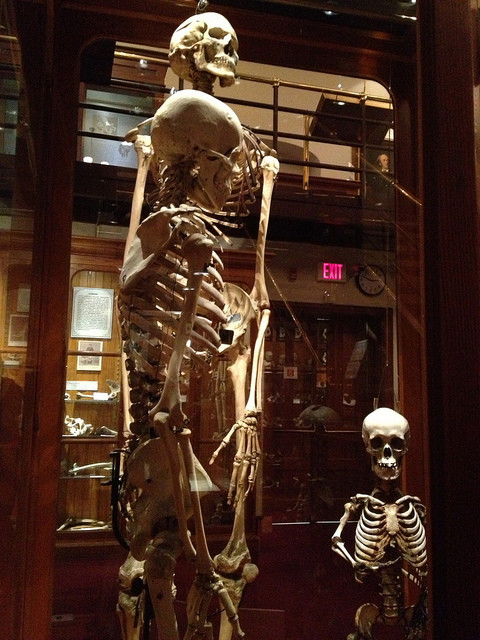
After her death, the Mütter Museum opened a gallery in her memory. In an article written about the gallery’s September 30, 2005, opening, the New York Times described the “Gretchen Worden Room”:
“There are jars of preserved human kidneys and livers, and a man’s skull so eaten away by tertiary syphilis that it looks like pounded rock. There are dried severed hands shiny as lacquered wood, showing their veins like leaves; a distended ovary larger than a soccer ball; spines and leg bones so twisted by rickets they’re painful just to see; the skeleton of a dwarf who stood 3 feet 6 inches (1.07 m) small, next to that of a giant who towered seven and a half feet. And “Jim and Joe,” the green-tinted corpse of a two-headed baby, sleeping in a bath of formaldehyde.”
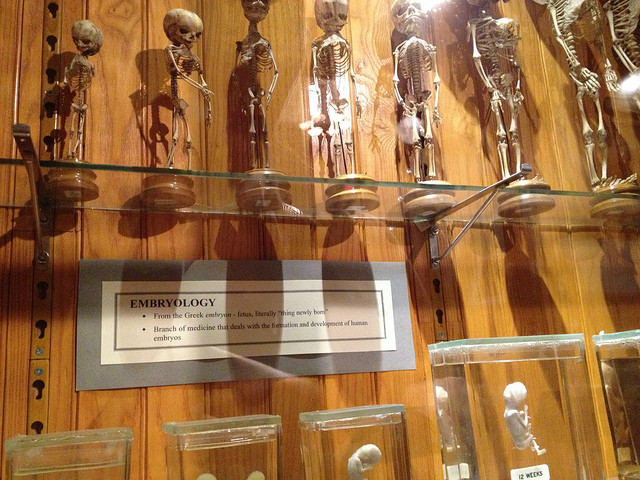
Although Worden was known for using humor and shock factor to garner interest in the museum, she nonetheless was respectful of the museum’s artifacts. In the foreword of The Mütter Museum: Of the College of Physicians of Philadelphia, she wrote: “While these bodies may be ugly, there is a terrifying beauty in the spirits of those forced to endure these afflictions.”
